English Dub Season Review: Garouden: The Way of the Lone Wolf Season One
Overview (Spoilers Below):
On the run from a past crime, Juzo Fujimaki is blackmailed into joining an illicit tournament and has to face top martial artists in deadly match-ups.
Our Take:
Garoden: The Way of the Lone Wolf is an ONA adaptation of a martial arts novel series written by Baku Yumemakura and published by Futabasha. It is directed by Atsushi Ikariya, with Daisuke Mataga as the assistant director and Sadayuki Murai as the scriptwriter. Ikariya also provided the character designs with Momoko Kawai. It is produced by NAZ, the animation company behind projects like My First Girlfriend is a Gal, Thermae Romae Novae, and Good Night World. Takeshi Ueda composed the music and performed the opening theme, “Fight & Pride,” and the ending song, “Cry Boy”.
I hope you got your knuckles set because we have another anime adaptation from Netflix seeking to punch its way into the charts this summer. This time, it’s an adaptation of a 1980s novel series involving a muscular protagonist competing in the martial arts underworld. Since its debut in 1985, the Garoden franchise has spawned several manga adaptations, a 1995 feature film directed by Masato Sasaki, and two video games. Ten years after the end of the Shin Garōden manga, the franchise finally gets to flex its kung fu skills on television via an original net animation series for Netflix. However, instead of focusing on its protagonist, Bunshichi Tanba, the series, The Way of the Lone Wolf, focuses on another ruthless fighter, Juzo Fujimaki, who shares a painful past.
Consisting of eight episodes, The Way of the Lone Wolf chronicles Juzo Fujimaki, a fighter known to be a formidable expert on “Takemiya Ryuu”, which is a vicious mixture of three different styles: Aikido, jiu-jitsu, and karate. However, his background happens to be just as brutal as his skills. Fujimaki is also a wanted criminal who’s on the run from the authorities, including the chief of police, Tamon, due to murdering a robber who raped his lover, Saeko. His journey leads him to participate in a forbidden competition filled with formidable contestants and fight to keep his technique alive.
Garouden is another series that’ll likely depend on people’s expectations regarding its concept. For newcomers, The Way of the Lone Wolf seems like a suitable starting point if they’re unfamiliar with the characters and lore, especially Juzo. Regarding its storytelling, the series offers a tale of a man learning to control the beast within himself when he murdered a robber in cold blood. He attempts to escape his violent past by locking the “inner wolf” inside himself to avoid repeating the same mistake, emphasizing his refusal to fight people. However, his opponents, including Bunshichi and Tsutomu Himekawa, force him to unlock the beast within him to survive.
However, as someone lacking interest in the source material, it can also be challenging to get through. The first couple of episodes were surprisingly more dialogue-driven than what I was led to believe. While it did offer a few action scenes to maintain my interest, they didn’t do much to prevent the series from being bogged down by its formulaic plot and characters. Fortunately, the series picked up with its fourth episode, with Juzo and his advisor, former boxer Jose, competing in the Sergeant’s KODOKU tournament. On the plus side, fans of the source material will likely be pleased with its translation from novel to screen, especially regarding its lore and animation style.
The Way of the Lone Wolf is also my latest exposure to NAZ as an animation company. I also experienced its previous ONAs on Netflix: Thermae Romae Novae and my personal favorite of the three, Good Night World. Regarding the presentation, NAZ can do no wrong in representing the artistry of the backgrounds, designs, and action sequences, especially for Good Night World, whose animation boasts profound storytelling and themes. The Way of the Lone Wolf is no exception, with its style capitalizing on its characters’ detailed muscular designs and fight scenes. The animation portrays the fluidity of the characters’ movements and fighting techniques for specific sequences, which I assumed uses CGI to visualize them. While the balancing of their move sets seemed a bit off at times, the presentation captures the brutality of its violence, even if some don’t stand out as much as others.
Garouden: The Way of the Lone Wolf is another anime adaptation that’ll probably impress the source material’s fans through its art style and lore. For newcomers like myself, it’s a formulaic yet occasionally stylistic starting point for those looking to enter the franchise. The first few episodes can take a bit to get to the real meat of the plot due to its dialogue-driven sequences and familiar narrative beats. However, once it gets to its fourth episode, which is the tournament, the series offers just enough punches to keep itself standing, mainly due to its presentation. Was it enough to get me to start reading the novel series someday? Probably not, but at least it wasn’t as painful as getting my joints broken.

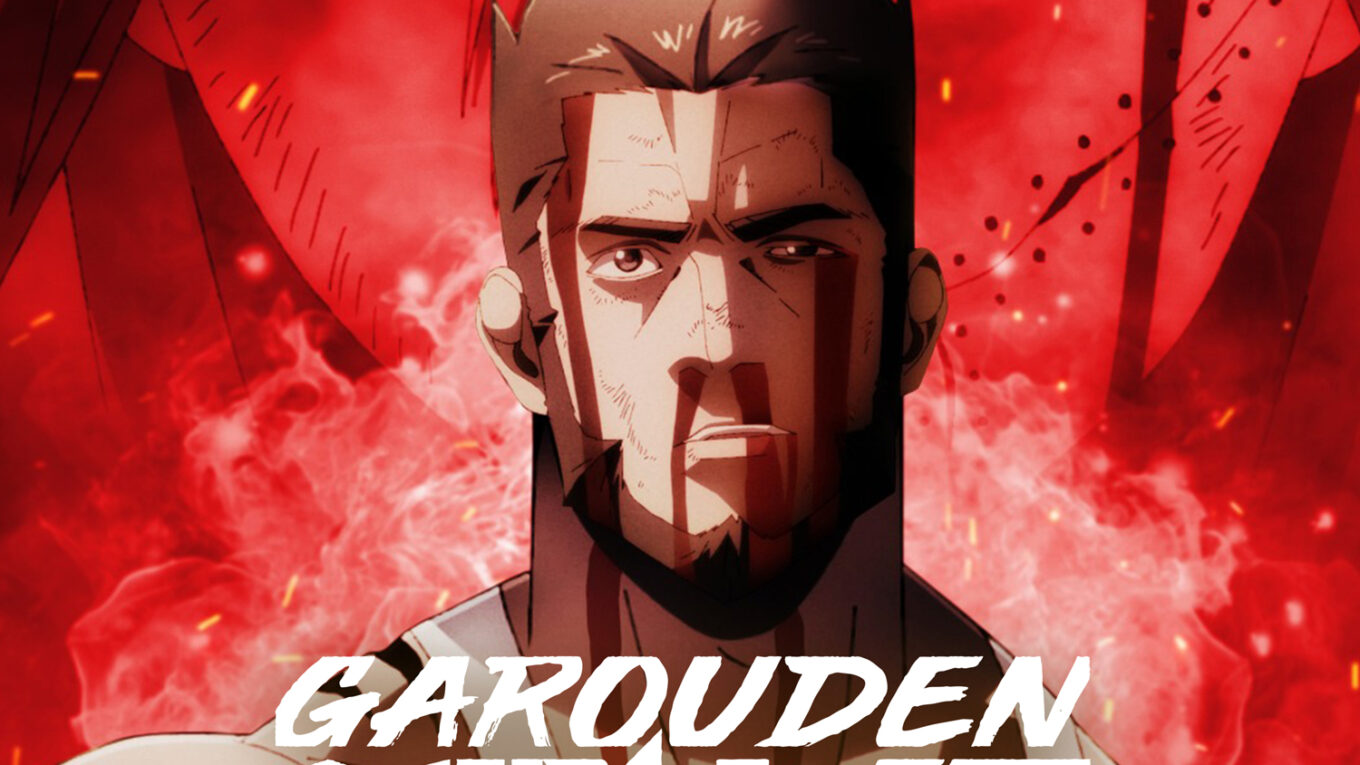
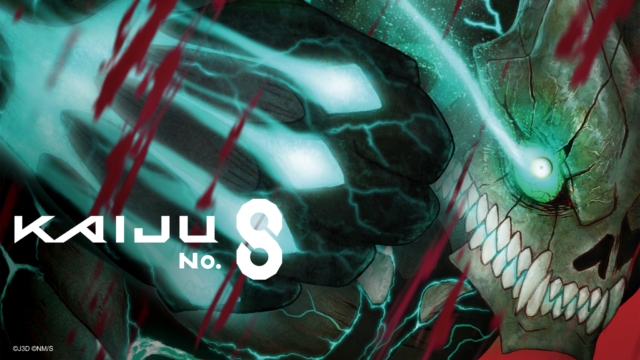
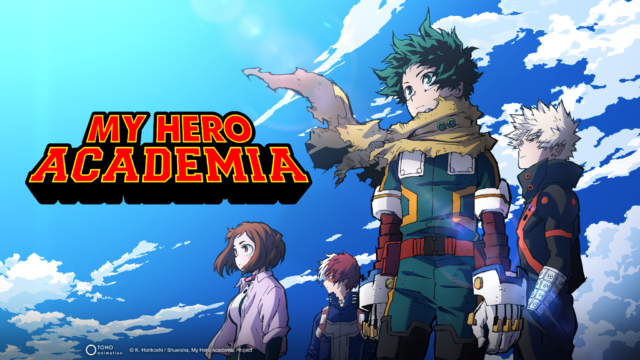
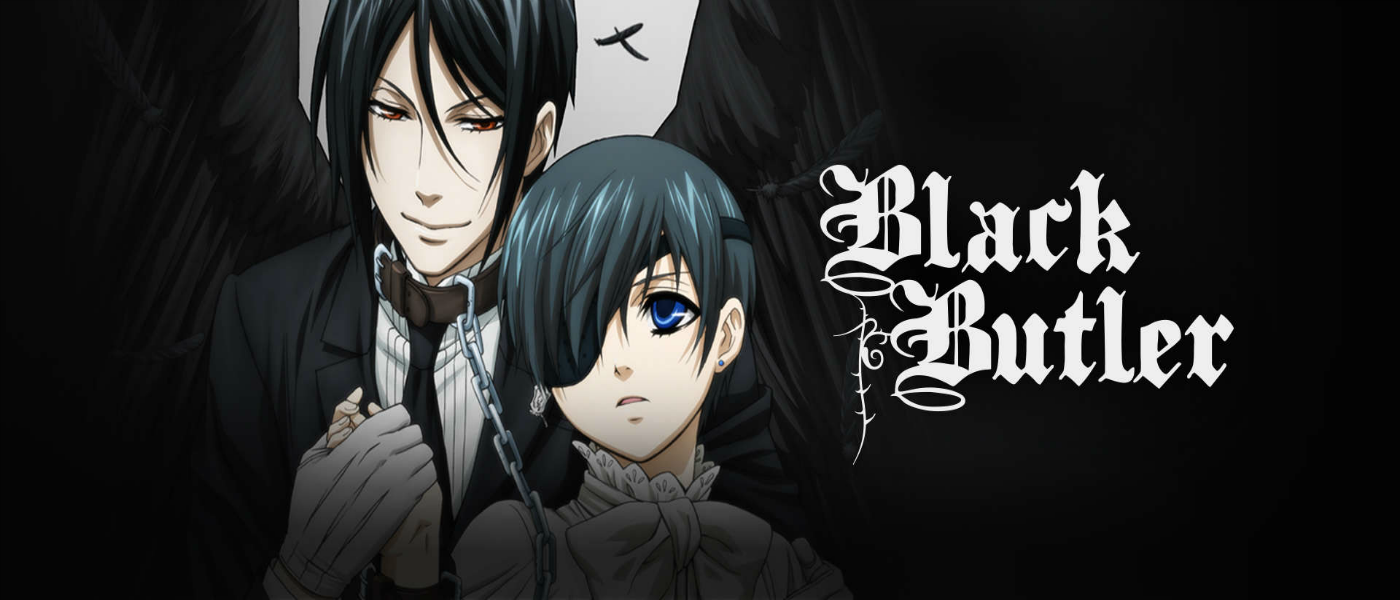















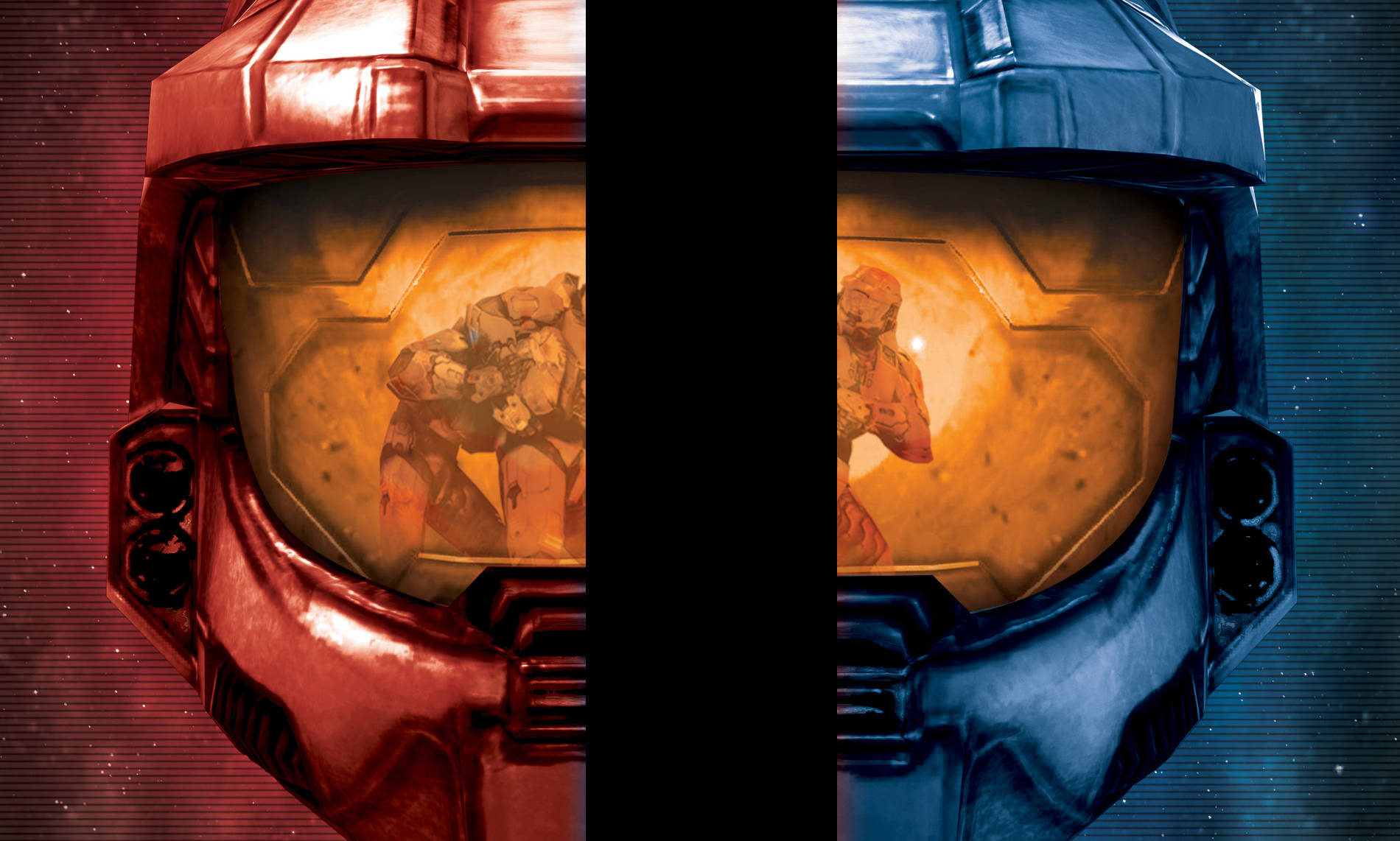




No convictions means innocent